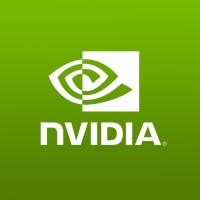FAQs
What is the primary focus of the Deep Learning Performance Architect position at NVIDIA?
The primary focus is to benchmark and analyze AI workloads, develop high-level simulators and debuggers, and evaluate hardware features and system-level architectural trade-offs for deep learning applications.
What qualifications are required for the Deep Learning Performance Architect role?
Candidates should have an MS or PhD in a relevant discipline such as Computer Science, Electrical Engineering, or Mathematics, along with 2+ years of experience in parallel computing architectures and deep learning applications.
What programming languages are essential for this position?
Strong programming skills in C, C++, and Python are essential for this position.
Is it necessary to have experience in architecture analysis and performance modeling?
Yes, proficiency in architecture analysis and performance modeling is a key requirement for this role.
What kind of interpersonal skills are important for this job?
A curious mindset with excellent problem-solving skills is important, along with the ability to simplify and communicate rich technical concepts to a non-technical audience.
What additional skills can help a candidate stand out for this position?
Understanding modern transformer-based model architectures, experience with benchmarking, workload profiling, and the ability to communicate complex technical concepts are qualities that can help candidates stand out.
Will I need to keep up with developments in the field of deep learning?
Yes, candidates are expected to keep abreast of emerging trends and research in deep learning as part of their responsibilities.
What is the work environment like at NVIDIA?
NVIDIA offers a diverse and supportive environment where team members are inspired to do their best work, focusing on innovation and making a lasting impact.
Are there opportunities to collaborate with other teams within the company?
Yes, the role involves working closely with wider architecture teams, architecture, and product management to assist with trade-off analysis at various stages of projects.

